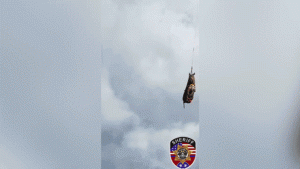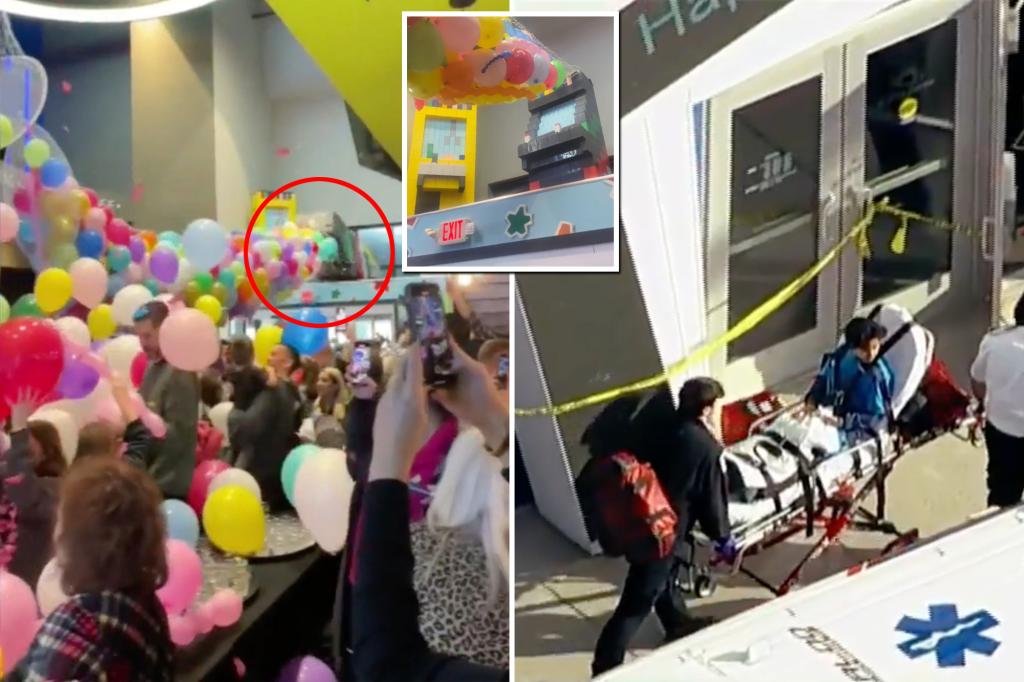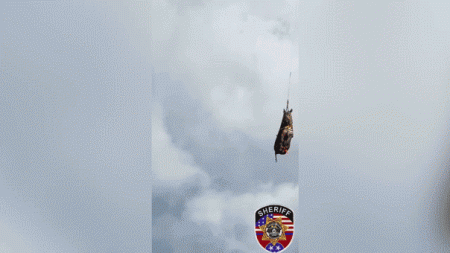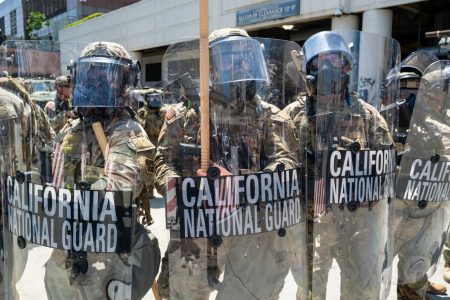The incident unfolded during a “Happy Noon Years” celebration at In The Game, an entertainment venue in Peabody, Massachusetts, on a Tuesday afternoon. The establishment was bustling with attendees, many of whom were families with young children, eager to partake in the festive event. As the clock neared noon, the atmosphere crackled with anticipation for the scheduled balloon drop, a hallmark of the New Year’s Eve-style festivities. Unbeknownst to the revelers, the seemingly harmless display of balloons held the potential for disaster.
Suspended above the crowd, an elaborate structure made entirely of Lego bricks had been meticulously assembled into what appeared to be a retro arcade cabinet. The colorful display, no doubt a captivating attraction for children and adults alike, was intricately designed and likely represented a significant investment of time and effort. Ironically, this very display, intended to enhance the celebratory atmosphere, became the focal point of the unfortunate incident. The organizers, in a fateful decision, had attached the netting containing hundreds of balloons to the Lego structure. This seemingly innocuous act would have unforeseen consequences.
As the countdown reached zero, the balloons were released, cascading down towards the excited crowd below. However, the weight of the balloons proved too much for the Lego structure to bear. The display, likely weakened by the sudden stress, buckled under the pressure, detaching from its supports and plunging towards the unsuspecting crowd below. The colorful spectacle of falling balloons quickly transformed into a scene of chaos and panic as the Lego structure, now a projectile of plastic bricks, descended upon the revelers.
The impact of the falling Lego structure sent shockwaves through the crowd. Screams erupted as the bricks scattered, striking individuals in their path. The suddenness of the event left many stunned and disoriented. What had been a moment of cheerful anticipation quickly devolved into a chaotic scramble as people attempted to shield themselves and their children from the falling debris. The vibrant atmosphere of celebration was instantly replaced by a sense of alarm and concern.
In the aftermath of the collapse, first responders arrived swiftly on the scene to assess the situation and provide medical assistance to those injured. A total of ten individuals sustained injuries in the incident, with eight requiring transport to local hospitals for further treatment. Fortunately, the injuries were not reported as life-threatening. The remaining two individuals declined medical transport, presumably having sustained minor injuries. While the specific demographics of the injured were not immediately available, the nature of the event suggests that children were likely among those affected.
The incident serves as a stark reminder of the importance of meticulous planning and safety precautions, especially in events involving large crowds and suspended structures. The decision to attach the balloon netting to the Lego structure, seemingly innocuous at the time, ultimately proved to be a critical error in judgment. A thorough risk assessment prior to the event might have identified the potential danger posed by the combined weight of the balloons and the Lego structure, leading to alternative methods of balloon release. The incident underscores the need for event organizers to prioritize the safety and well-being of attendees above all else. A comprehensive safety plan, including thorough inspections of structures and contingency plans for unexpected occurrences, is essential to ensuring that events remain joyous occasions rather than sources of trauma.










